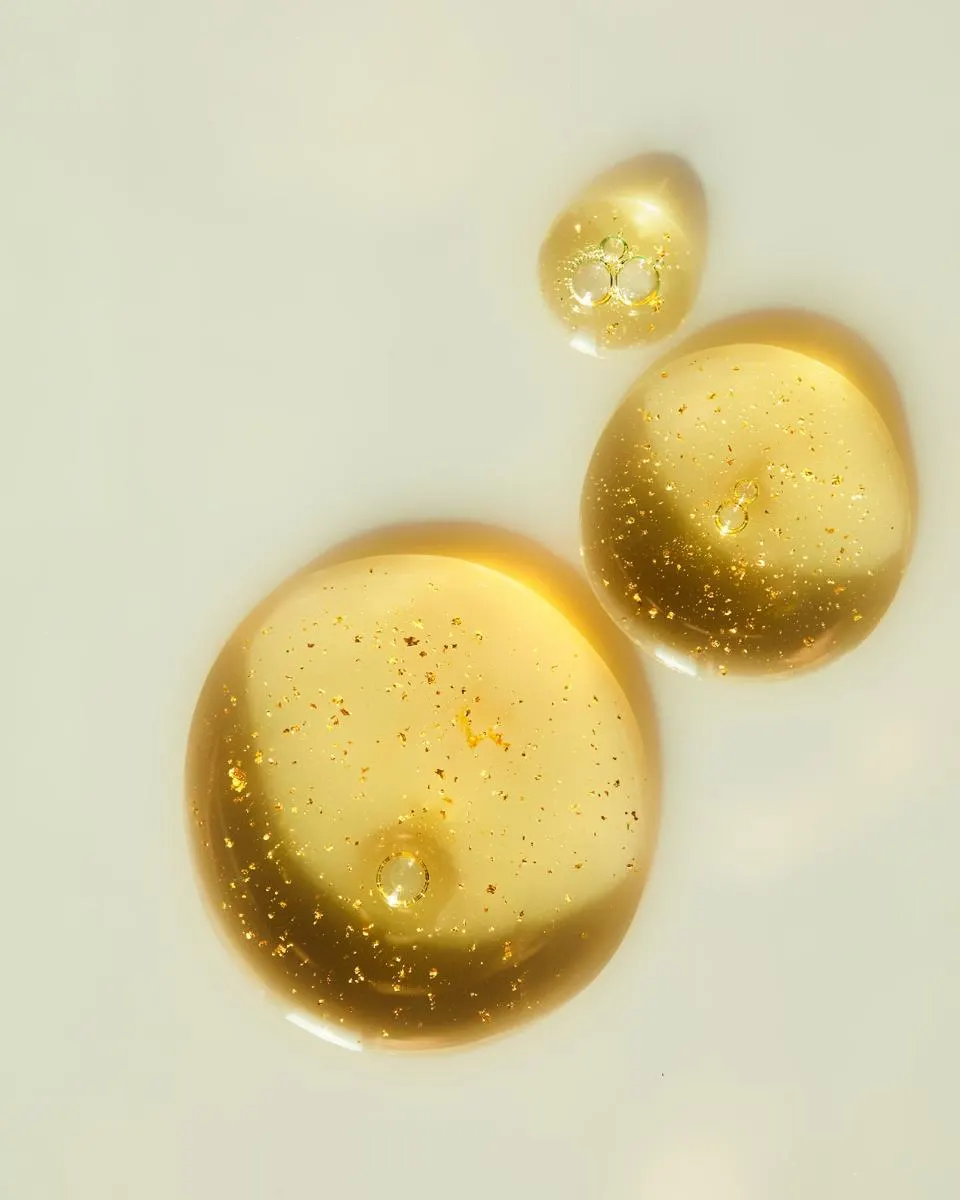This article covers all you should know about Strawberry legs, causes, treatment, remedies, prevention, and FAQS.

What are Strawberry Legs?
Strawberry legs, scientifically known as folliculitis, is a condition where the hair follicles on the legs become clogged with dead skin cells, oil, and bacteria.
This leads to dark dots or small bumps on the skin, similar to the seeds on a strawberry. The clogging of hair follicles can cause inflammation, resulting in redness and itching. These dark spots or dots can make the skin on the legs look uneven and blemished.
Strawberry Legs Causes
Several factors contribute to the development of this condition:
1. Shaving
Improper shaving techniques, such as using a dull blade or shaving against the direction of hair growth, can lead to ingrown hairs and clogged follicles.
2. Dry Skin
Insufficient moisturization can cause the skin to become dry and flaky, leading to clogged pores.
3. Keratosis Pilaris
This common skin condition causes the buildup of keratin around the hair follicles, resulting in rough and bumpy skin.
4. Folliculitis
Bacterial or fungal infections can cause inflammation of the hair follicles, leading to strawberry legs.
Strawberry Legs Treatment
To effectively treat and reduce the appearance of strawberry legs, consider the following treatment options:
1. Exfoliation
Exfoliation on a regular basis helps eliminate dead skin cells, oil, and debris, preventing hair follicle obstruction. Exfoliate the skin on your legs twice a week with a light exfoliating scrub or a loofah. This promotes cell turnover and results in smoother skin.
2. Moisturization
Proper moisturization is crucial for maintaining healthy skin and preventing dryness, which can contribute to strawberry legs. Choose a moisturizer with hydrating ingredients such as shea butter or glycerin. To keep your skin soft, apply it daily.
3. Shaving Techniques
To prevent ingrown hairs and clogged follicles, follow these shaving techniques
- Use a sharp razor blade to ensure a clean and close shave.
- To minimize irritation, shave in the direction of hair growth
- Rinse the blade after each stroke to prevent buildup.
- To reduce friction, apply a moisturizing shaving cream or gel
4. Laser Hair Removal
Laser hair removal is a long-term solution for reducing hair growth and preventing the reoccurrence of the condition. This treatment targets the hair follicles with laser energy, disabling their ability to produce hair. Consult a dermatologist to discuss this option further.
Strawberry Legs Remedies
If you prefer natural remedies, consider the following options:
1. Lemon Juice
Apply freshly squeezed lemon juice to your legs, leave it on for 10 minutes, and then rinse off with warm water. However, be cautious as lemon juice can cause skin sensitivity in some individuals.
2. Sugar Scrub
Prepare a homemade sugar scrub by mixing sugar and olive oil. Gently massage this scrub onto your legs in circular motions for a few minutes. Rinse off with warm water to reveal smoother and brighter skin.
3. Aloe Vera Gel
Aloe vera gel possesses soothing and moisturizing properties. Apply a thin layer of pure aloe vera gel to your legs and leave it on for 15-20 minutes. After rinsing with water, pat your skin dry. Aloe vera can help reduce inflammation and promote healing.
4. Tea Tree Oil
Tea tree oil has antimicrobial properties that can help combat bacterial or fungal infections. Mix a few drops of tea tree oil with a carrier oil, such as coconut oil, and gently massage it onto your legs. Let it stay on your legs for about 15 minutes before rinsing it off.
Strawberry Legs Prevention
Preventing the recurrence of strawberry legs involves adopting proper skincare practices. Consider the following tips:
- Practice proper hygiene by regularly washing your legs with a gentle cleanser.
- Exfoliate your legs once or twice a week to prevent the buildup of dead skin cells.
- Moisturize your legs daily to maintain hydration and prevent dryness.
- Use gentle shaving practices, such as using a sharp razor and shaving in the direction of hair growth.
Conclusion
Strawberry legs, characterized by dark pores on the legs, can be effectively treated through a combination of exfoliation, moisturization, and proper shaving techniques. Additionally, natural remedies like lemon juice, sugar scrubs, aloe vera gel, and tea tree oil can also aid in reducing the appearance of strawberry legs. By following prevention tips and maintaining a consistent skincare routine, you can achieve smoother and healthier-looking legs.
FAQs
Are strawberry legs a serious condition?
No, strawberry legs are not a serious medical condition but for some women, they can be a skin concern.
Can strawberry legs be permanently cured?
While strawberry legs can be effectively managed and reduced, they may not be permanently cured. Consistent skincare practices can help minimize their appearance.
Is lemon juice safe for the skin?
Lemon juice can cause skin sensitivity in some individuals. Perform a patch test before applying it to a larger area and discontinue use if any irritation occurs.
How often should I exfoliate to reduce the appearance of strawberry legs?
Exfoliating your legs once or twice a week is usually sufficient to remove dead skin cells and prevent clogged pores. The frequency of exfoliating should be based on your skin’s sensitivity.

















Leave a Reply